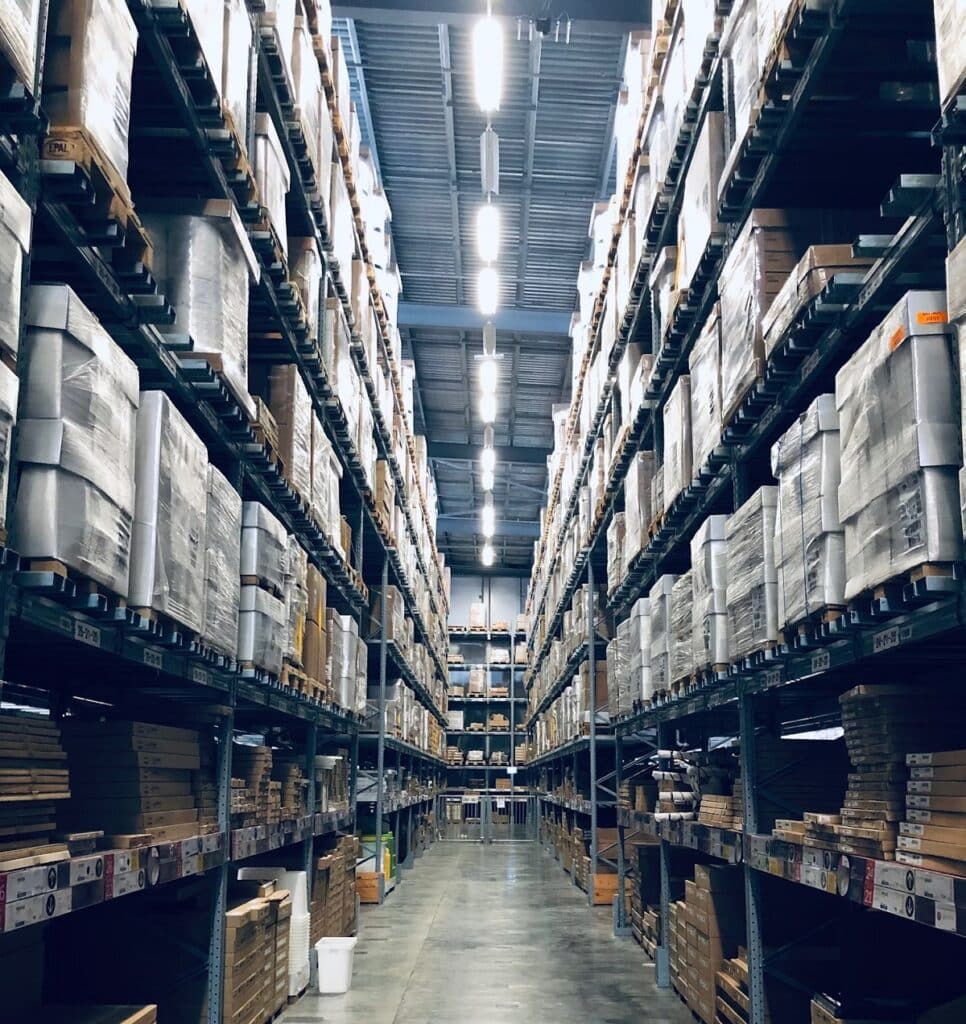In the fast-evolving landscape of logistics and supply chain management, the integration of Internet of Things devices with Warehouse Management Systems is revolutionizing how businesses handle inventory tracking and management. This synergy not only streamlines operations but also significantly improves accuracy and efficiency. Here are four critical ways in which IoT and WMS integration is enhancing real-time inventory tracking and management.
Automating data collection
Furthermore, the seamless integration of IoT devices with a WMS enables not only real-time tracking but also predictive analytics capabilities. By continuously gathering data on inventory movement and environmental conditions, IoT sensors contribute to the creation of comprehensive historical datasets. Machine learning algorithms can then analyze this wealth of information to identify patterns, trends, and anomalies, enabling proactive decision-making. For instance, by recognizing seasonal fluctuations or sudden spikes in demand, the WMS can automatically adjust reorder points and replenishment schedules to optimize inventory levels and minimize stockouts. This predictive capability empowers businesses to stay ahead of market dynamics and customer preferences, fostering resilience and competitiveness in an increasingly dynamic marketplace.
Enhancing visibility and accuracy
Moreover, the integration of IoT devices with warehouse management systems enables real-time inventory monitoring beyond the confines of the warehouse. By leveraging GPS technology and connectivity, businesses can track goods throughout the entire supply chain, from manufacturing facilities to distribution centers to the final destination. This end-to-end visibility not only ensures the efficient flow of goods but also enhances supply chain resilience by enabling proactive risk management and response strategies. For example, in the event of unforeseen delays or disruptions, stakeholders can quickly identify alternative routes or modes of transportation to minimize the impact on delivery schedules. By harnessing the power of IoT-enabled visibility, businesses can optimize their supply chain operations for agility, reliability, and customer satisfaction.
Optimizing warehouse layout and inventory flow
Additionally, leveraging IoT devices in warehouse management enhances not only operational efficiency but also safety protocols. Real-time monitoring of environmental factors such as temperature, humidity, and air quality ensures that storage conditions remain optimal for sensitive goods, reducing the risk of spoilage or damage. Moreover, IoT-enabled safety sensors can detect hazardous situations like leaks or spills, triggering immediate alerts to personnel and facilitating prompt interventions. By seamlessly integrating IoT technology into the warehouse ecosystem, businesses can foster a proactive approach to risk management while fortifying their capacity to meet evolving customer demands with agility and precision.
Proactive maintenance and management of warehouse equipment
The integration of IoT devices with a WMS isn’t limited to tracking inventory alone. These technologies also play a crucial role in the maintenance and management of warehouse equipment. IoT sensors can monitor the condition of equipment such as forklifts, conveyor belts, and automated picking systems, providing real-time data on their operational status. This information enables predictive maintenance, where repairs or replacements can be scheduled before equipment failures occur, minimizing downtime and maintaining continuous workflow.



